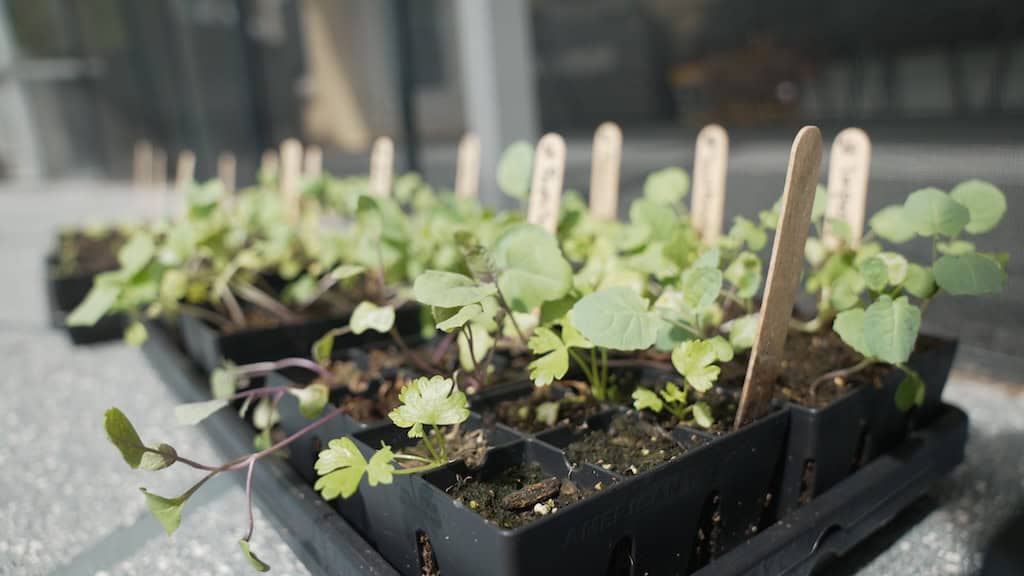Last Updated on April 15, 2024 by Homegrown Florida
This post may contain affiliate links. Read full disclosure here.
In the world of gardening, proper garden fertilization is the key to vibrant, healthy plants. Today, I’m sharing my tried-and-true methods for feeding every corner of my garden. Let’s dive in and ensure your plants are getting the nourishment they need to thrive!
Understanding Garden Fertilization Timing
First things first, let’s talk about timing. I typically assess the fertilizer needs of my garden every 3 to 4 weeks, adjusting as needed based on plant growth and soil conditions. Consistency is key, but don’t stress if life gets in the way and you miss a week. Also, if you plants are thriving, don’t be afraid to skip a fertilizer session. Certain fertilizers feed for several weeks so it’s not always necessary to fertilize everything in the garden every month.
Know Your Plants’ Needs
Not all plants have the same appetites when it comes to nutrients. Some, like nitrogen-loving onions and garlics, benefit from blood meal or chicken manure. Others, such as carrots and beets, thrive on phosphorus found in bone meal. Berries and acid loving plants will prefer a granular fertilizer like BerryTone or HollyTone. Tomatoes and peppers would benefit from a fertilizer specific to them like Neptune’s Harvest Tomato and Veg.

Observation is Key
Keep a close eye on your plants’ health and growth. If you notice stunted growth or yellowing leaves, it might be a sign that they need a nutrient boost. Another thing that would signal a need for fertilizer would be flowering plants that refuse to bloom. The good news is, If plants are nearing the end of their life cycle or are out of season, save your fertilizer. There really isn’t a benefit to fertilizing dying or stressed plants.
Choose the Right Fertilizer
When it comes to fertilizers, there’s a wide array of options available. Liquid fertilizers like Neptune’s Harvest are great for regular feeding, while granular options like Espoma’s organic line provide a slow-release nutrient boost. I like to start my beds each fall and spring with amendments like blood and bone meal. I then use granular fertilizer when I’m transplanting my seedlings out into the garden. This usually keeps the plants feed for 2-4 months. That’s about the time that I will bring the liquid fertilizers in to hold the plants over until they finish for the season.

Tailor to Your Garden’s Unique Needs
Every garden is different, so don’t be afraid to experiment and find what works best for yours. Whether it’s compost, fish emulsion, or specialized fertilizers, there’s no one-size-fits-all solution for garden fertilization. I recently experimented with my banana and jaboticaba fruits using different kinds of fertilizers to see which one they responded best with. The bananas clearly thrived with layers of rich compost and the jaboticaba shined when I switched it to an acidic fertilizer like Espoma BerryTone and Soil Acidifier.
Remember Your Trees and Seedlings
Don’t forget about the trees in your garden! Fruit trees benefit from fertilization two to three times a year, especially before and during fruiting seasons. I like to use Jobe’s Fruit and Citrus fertilizer. It looks well for all of my fruit trees and doesn’t burn them. For seedlings, I go against the common approach of limiting fertilizer and instead provide a gentle liquid feed after their initial germination to set them up for success.

By understanding your plants’ needs, observing their growth, and choosing the right fertilizers, you can ensure a thriving garden year-round. Experiment, learn, and enjoy the process of nurturing your green space to its fullest potential!
I hope this guide helps demystify the world of garden fertilization for you. Remember, the key is to find what works best for your garden and adapt as needed. Happy gardening!
To purchase my favorite fertilizers, check out my Amazon Store. As an Amazon Associate I earn from qualifying purchases.



